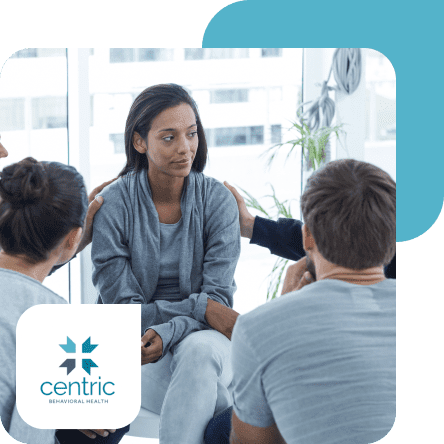Sleep Medication Addiction Statistics
Sleep medications can include different types of benzodiazepines (diazepam, clonazepam, and alprazolam), z-drugs (zolpidem, eszopiclone, and zaleplon), sedatives, minor tranquilizers, barbiturates (mephobarbital, phenobarbital, and pentobarbital sodium), hypnotics, and some antidepressants.
Battling addiction and ready for treatment?
Sleep Medication Addiction Statistics
Many sleep medications can be addictive or have other dangerous side effects. These drugs should be used as prescribed.
However, many people misuse these drugs by taking more than they are prescribed or taking someone else’s prescription.
- 5.9 million Americans misused sedatives or tranquilizers in the past year.
- 2 million Americans misused sedatives or tranquilizers in the past month.
- 2.1% of Americans reported misusing prescription sedatives or tranquilizers in the past year.
- 1.8% of Americans misused benzodiazepines in the past year.
- 949,000 Americans misused prescription tranquilizers for the first time.
- 239,000 Americans misused prescription sedatives for the first time in 2019.
Sleep Medication Overdose Statistics
Sleep medication can be dangerous. It’s rare to die of an overdose from using sleep medication alone, however, many people overdose while using sleep medication with other drugs.
- 899 people ages 15–24 died from an overdose of an antidepressant prescription drug in 2018.
- 16% of overdose deaths involving opioids also involved benzodiazepines in 2019.
- 9,711 people died of a benzodiazepine-related overdose in 2019.
Sleep Medication Abuse Statistics by Age
People of all ages misuse sleeping pills. While some people misuse sleeping pills to try to sleep better, others misuse them to get high. Young people ages 18-25 have some of the highest rates of sleep medicine misuse. However, sleeping pill misuse has also become a huge issue among older and elderly adults.
People ages 65 and older commonly have issues sleeping and require sleep medication prescriptions. Many of these older people end up dependent on sleep medication and some of them misuse their prescriptions.
Reported Misuse of Sedatives or Tranquilizers in the past year (from 2019)
- 1.8% of people aged 12-17
- 4.2% of people aged 18-25
- 1.9% of 26 and older
Reported Misuse of Benzodiazepines in the Past Year (from 2019)
- 1.5% of people ages 12-17
- 3.8% of people aged 18-25
- 1.5% of 26 and older
Reported Use of Tranquilizers by Adolescents in 2020
| 8th Graders | 10th Graders | 12th Graders | |
| Lifetime | 3.9% | 4.9% | 7% |
| Past Year | 2.2% | 2.6% | 3.2% |
| Past 30 Days | 1.1% | 0.7% | 1% |
Misuse of Sleep Medication by Older Adults
- In 2011 there were 290 drug-related emergency visits made by adults ages 65 and older involving illegal drug use, including misuse of prescription drugs. Benzodiazepine misuse was the second most common reason for these visits.
- 48 out of 290 illegal drug-related Emergency Department visits by older adults were for benzodiazepine misuse.
- 10.4% of the nation’s elders use central nervous system depressants (including sleep medications).
- 20-50% of women over age 60 are prescribed benzodiazepines.
- Somewhere between 9% to 54% of older adults have taken benzodiazepines in the past year.
Treatment Statistics, Types, and How to Get Help
Sleep medication addiction rehab varies but includes detoxification and counseling programs.
Since many different types of drugs are used to help people sleep, there are various addiction rehab programs.
Tranquilizer (Including Benzodiazepines) Addiction Treatment Statistics from 2015
- 14,217 people were admitted to treatment programs for abusing tranquilizers; they made up 0.9% of treatment program admissions.
- 38.8% of people admitted for abusing tranquilizers received ambulatory/outpatient treatment.
- 22.8% received residential/inpatient treatment.
- 38.4% received 24-hour detoxification treatment.
Sedative/Hypnotics (Including Barbiturates) Addiction Treatment Statistics from 2015
- 2,801 people were admitted to treatment programs for abusing sedatives. They made up 0.2% of treatment program admissions.
- 71.8% of people admitted for abusing tranquilizers received ambulatory/outpatient treatment.
- 16.6% received residential/inpatient treatment.
- 11.6% received 24-hour detoxification treatment.
Sleep medication addiction treatment varies by type of drug and severity of the addiction.
Centric Behavioral Health, our paid treatment center sponsor, is available 24/7:
Learn More About Centric or For Immediate Treatment Help, Call (888) 694-1249.


